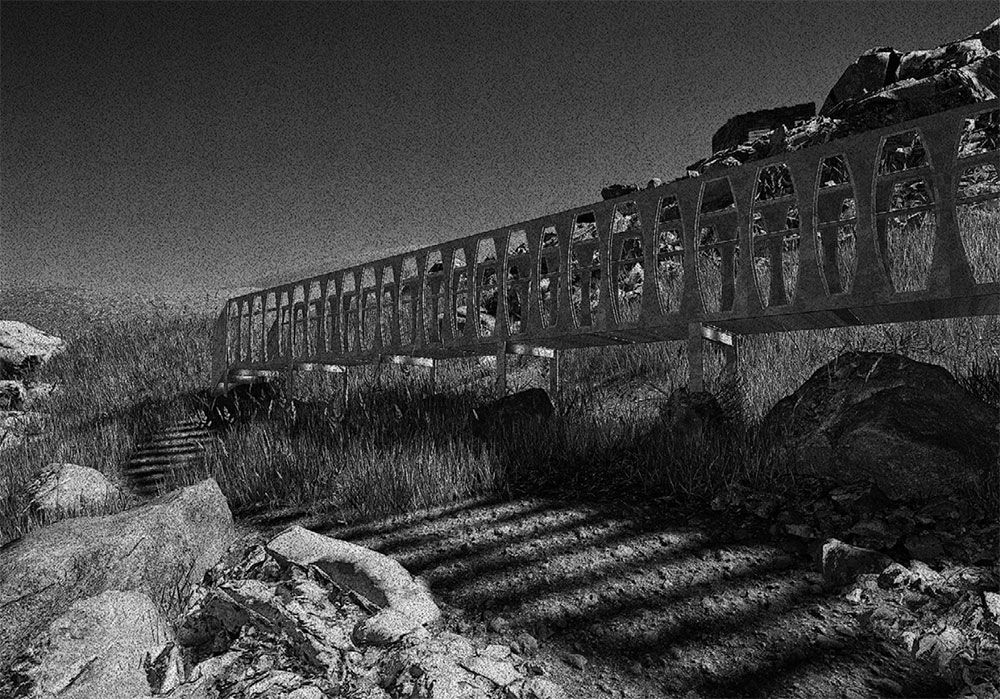As we conclude the 2024/2025 academic year, we extend our gratitude and congratulations to everyone involved in the Infrastructure Space Atelier. Everyone’s dedication and hard work have been instrumental in making the year a great success.
This year represented an important milestone as we continued to combine the strengths of Landscape Architecture and Architecture. By bringing together the MLA2, MArch2, MArch1, and BA3 cohorts — each working on distinct but interconnected briefs engaging with systems thinking (MArch2 and MLA2), adaptive reuse (MArch1), and future transport (BA3) — we fostered a collaborative environment that drew on a wide range of perspectives and expertise. This approach allowed us to explore the latent possibilities within existing infrastructures and address environmental and socio-cultural challenges through our unique "Stack" methodology.
Our multi-methods design thinking, which include thematic data mapping, speculative design, stakeholder workshops, and exhibitions, enabled us to develop inclusive and ecologically responsive outcomes. The collaborative efforts of our students in mapping Cumbria, engaging with stakeholders, and refining project briefs have been exemplary. The interactive exhibitions and stakeholder events provided invaluable insights, ensuring our designs were both innovative and grounded in real-world contexts.
The depth and breadth of our student inquiries have demonstrated their ability to spatialise and propose novel solutions. The work has revealed the potential of infrastructure to become a catalyst for regeneration, capable of reshaping territorial boundaries and enhancing the productive capacity of landscape.
We are immensely proud of our students’ achievements and the meaningful impact their work may have on communities, policymakers, and experts. Thank you to our dedicated staff, experts, and stakeholders for your unwavering support, and to our students for your ambition and talent. We wish you all the best in their future endeavours.


